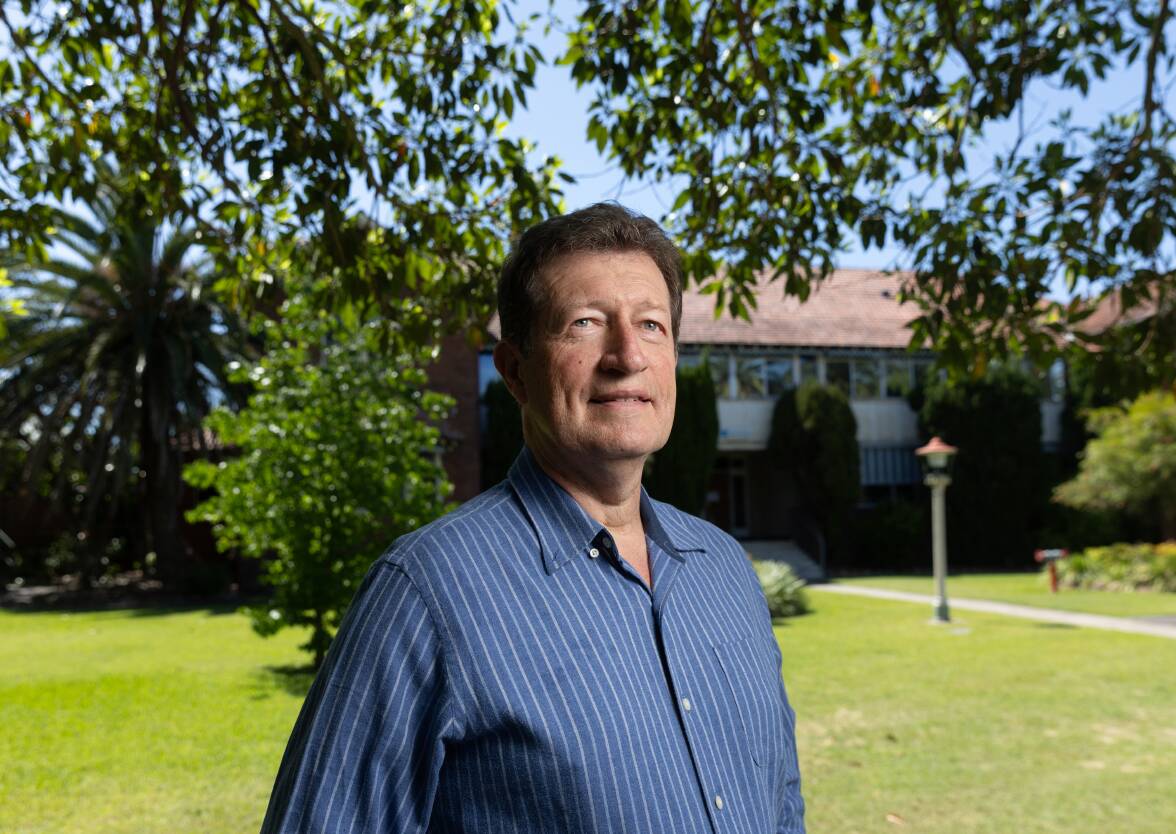
Almost 50 people are in hospital with COVID in the Hunter New England district, as the summer's double COVID wave prompts a fresh call for the return of mask-wearing.
The district also has 17 aged-care outbreaks.
There are concerns that the wave could worsen when school resumes next week.
Dr David Durrheim, a Hunter public health physician, said "mask-wearing in crowded indoor environments now would be a sensible thing to do".
Dr Durrheim said this particularly applied to "those most at risk".
"We have seen an increase in masks worn in shopping centres, mostly older folks. That's a smart thing," he said.
"We encourage that at big community events too and in aged care."
A mask-wearing mandate was reinstated at John Hunter Hospital on January 1.
"They've had a number of outbreaks in the hospital," Dr Durrheim said.
Dr Durrheim said the hospital's emergency department was "jam-packed" this week with COVID patients.
"Almost everybody there had severe respiratory symptoms," he said.
Dr Durrheim said some of the aged-care outbreaks in the region had "very high attack rates, showing there was limited protection being offered by some of the older vaccines".
"The viral fragments from Burwood Beach sewage are at high levels, so there is plenty of community transmission of COVID.
"If people haven't had a monovalent booster, it's probably a jolly good idea to get one - particularly those in the high risk groups."
He said there were 49 people in the district's hospitals, compared to 80 a fortnight ago.
One person was in intensive care, falling from three a fortnight ago.
In the COVID wave in May, 83 people were in the district's hospitals with the virus.
The JN.1 Omicron variant followed the EG.5 variant, triggering the summer's so-called "wave on wave" of COVID cases.
"The modellers said the EG.5 wave would be over by the new year, but unfortunately along came JN.1," Dr Durrheim said.
"It has 30 mutations in its spike compared to the original Omicron, so it's quite different. That's probably why it caused this wave.
"There is still lots of JN.1 activity."
He said the variant was "evading immunity of previous infection and vaccines".
"The good news is that the monovalent Omicron XBB.1.5 booster, the one recently approved by ATAGI, produces antibodies that are effective against the JN.1 virus."
Dr Durrheim said research overseas suggested the booster could "quite dramatically reduce hospitalisations".
"It protects well against severe disease. That was fortuitous because XBB was a couple of variants back. But it clearly does provide good protection."
He said boosters also reduced the risk of long COVID.
Dr Durrheim said the latest COVID data didn't appear to be indicating "more severe disease" from the JN.1 variant.
"We know there's been a big increase in hospitalisations. We think that reflects the huge number of infections in the community," he said.
"Some laboratory studies suggest the JN.1 strain might behave a little bit more like the Delta variant - going into the depths of the lungs."
He said health officials were "keeping an open mind, but we're not yet seeing indicators".
"If the proportion of people in ICU increases, that's a sure sign that it's a more severe variant.
"The problem is that anybody who's susceptible to more severe disease at the moment, given the amount of COVID circulating, really is at risk."
Have you been hit hard by COVID in the latest wave? dcronshaw@newcastleherald.com.au







